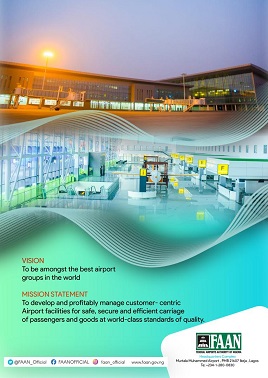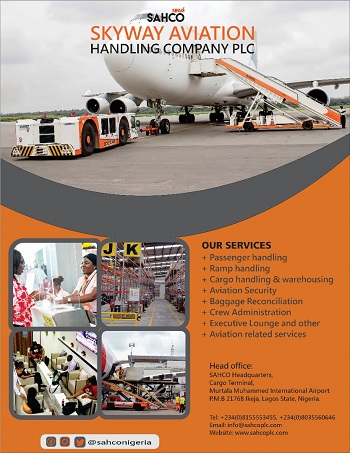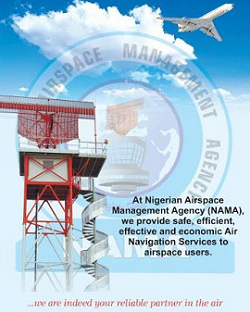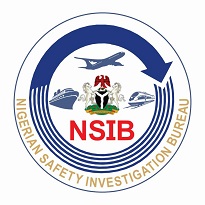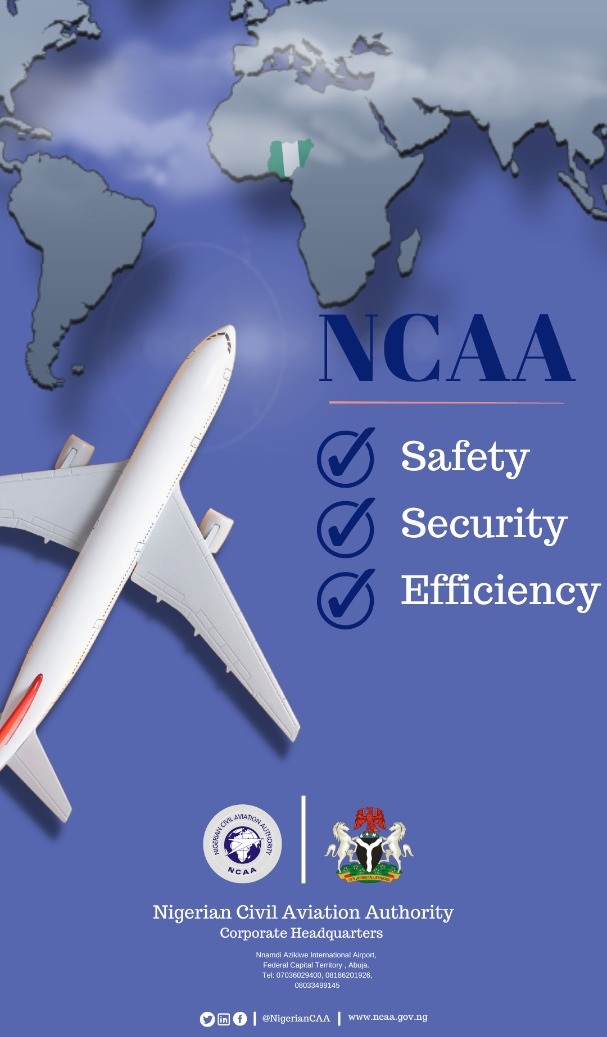
Director General of Nigeria Civil Aviation Authority (NCAA)
The Nigeria Civil Aviation Authority (NCAA) has deployed national aviation safety reporting system for both mandatory and voluntary reports.
The deployment was announced in All Operators Letter (AOL) referenced NCAA/DG/AIR/11/16/341 dated 25th August, 2025 addressed to all aviation stakeholders and the general public.
The letter was personally signed by the Director General of Civil Aviation, Captain Musa Nuhu.
It is coming on the heels of NCAA establishing a robust Safety Data Collection and Reporting System (SDCPS) called SMS Pro (www.ncaasms.com) that would bring Nigeria to full compliance with International Civil Aviation Organization (ICAO) Standards and Recommended Practices (SARPs).
The SMS Pro system is web-based software which is user-friendly and mirrors the SSP & SMS ICAO-recommended framework comprising Safety Policy, Safety Risk Management Safety Assurance and Safety Promotion. It allows for full integration of the whole aviation industry such that each service provider has customized handles issued by the Authority, to submit reports into the system.
It will be recalled that Annex 19 to the Chicago Convention on International Civil Aviation and the Civil Aviation Act 2022 mandate the implementation of Aviation State Safety Programme.
Specifically, Annex 19 SARPs (Standards and Recommended Practices) mandates as follows:
“5.1.1 States shall establish Safety Data Collection and Processing Systems (SDCPS) to capture, store, aggregate and enable the analysis of safety data and safety information.
• 5.1.2 States shall establish a *mandatory safety reporting system that includes the reporting of incidents.*
• 5.1.3 States shall establish a *voluntary safety reporting system to collect safety data and safety information not captured by mandatory safety reporting systems.*
• 5.1.4 Recommendation.— *State authorities responsible for the implementation of the SSP should have access to the SDCPS as referenced in 5.1.1* to support their safety responsibilities, in accordance with the principles in Appendix 3. ”
In addition, Section 62(1) of Civil Aviation Act 2022 states that:”The Authority shall establish a State Safety Programme (SSP) in order to achieve an acceptable level of safety in civil aviation”; and Section 46(5) mandates the Authority to implement mandatory and voluntary non-punitive incident and accident reporting system.
In view of the above, it is required that:
1. All Service Providers Certificated by the NCAA provide details (email and phone numbers) of their respective focal points for submission of mandatory reports to the Authority; such details should be sent to:
godwin.balang@ncaa.gov.ng +2348056163255; and ini.udofia@ncaa.gov.nq +2348057698698;
2. These focal points are expected to attend an orientation on the modalities. A zoom invite will be provided for this orientation very shortly;
3. As soon as access to the reporting system is granted, all service providers are required start using the system immediately. Though mandatory reports in paper may be still be accepted, submission of mandatory reports through the system is mandatory as from 1st September, 2023;
4. Focal persons are mandated to immediately create awareness across their respective organizations and provide documented evidence that awareness campaign has been done to the Authority not later than October 1, 2023. Such evidence shall be submitted through the safety reporting handle; and
5. As soon as customized handles for submission of mandatory reports is provided, the focal persons are authorized to share the link with other key personnel (Flight crew, Engineers, ATC, Cabin.) within their various organizations to enable them submit reports which will be automatically classified under the applicable service provider in the reporting system.
6. It is pertinent to note that both the NCAA and the NSIB have access to all submitted reports and are enabled to receive prompt email alerts as soon as any report is submitted into the system, including direct reports by the enabled public. And upon receipt of safety reports, both will do a preliminary risk assessment of each report to decide on which of the two agencies will handle the report.


